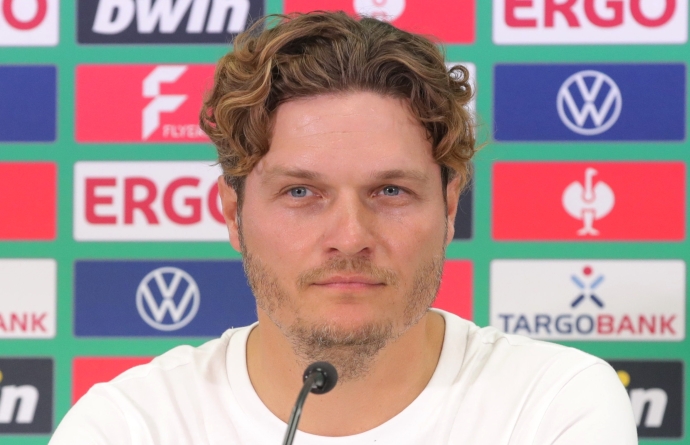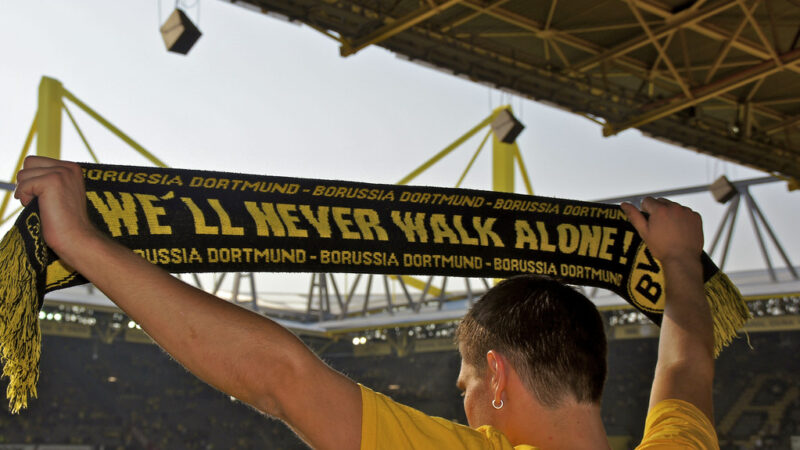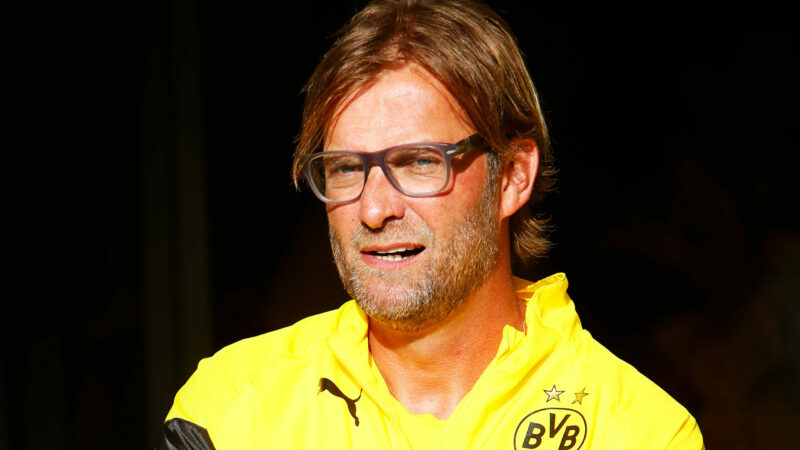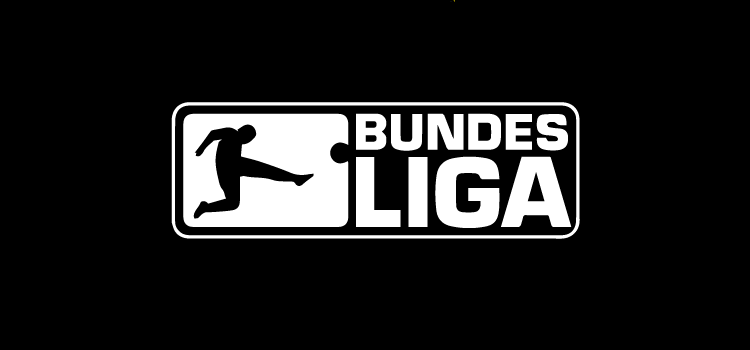Why Managing a Star Player’s Injury is More Than Just Healing

Marco Reus’ return from long-term injury may be the turning point in Borussia Dortmund’s season that allows them to approach the goals the Board set in the summer. Peter Stoeger is fortunate to be in place when he returned, something that Thomas Tuchel did not have and could have changed his fate. Our site has published some great content about Reus’ return and his impact the rest of the season, but returning from a major injury is not as easy as simply “getting better”. How a manager handles the process is essential to his long-term employment by the club.
A number of key actors are involved in healing a player from an injury, and all of them impact how a manager uses a player. From the manager’s perspective, the decision is simple: can the player help the club win a match. If the player can approach their usual level of performance and last long enough to make a positive impact, then the player should play. You can slowly introduce a player – say planning on substituting the player at 60 minutes then increasing their time on the pitch – but you want to use the player as quickly and effectively as possible. As soon as Reus looks like himself, you bet Stoeger will write him into the starting XI as often as possible, with enough rest to keep him fresh.
However there are other opinions that come into play. Of course the physio/trainer has an outsized say in any player’s health and recovery. Medical professionals in general tend to be more conservative and push for more recovery time simply because they’ve seen what happens when a player rushes back too soon. While they do have to worry about their performance and job security, it is judged quite differently than a manager. Physios or trainers are sacked when players are dropping like flies; if the team is healthy they keep their positions regardless of the position in the table.
Then there is ownership. A high-profile player missing means less marketing for the club and fewer shirts sold. The sooner a star returns, the easier it is to market them aggressively again and make more money off the player. They do not see the day-to-day necessarily but do see the bottom line.
Then of course there is the player himself. Coming back from a major injury is stressful on the mind and body. In addition to the physical rehabilitation, there is a mental rehabilitation as well. Players who are injured face an emotional separation from their teammates, and when they return the lockers near theirs may have changed. They have to adjust to new teammates as they readjust to their bodies. Then of course they have to learn to trust their own body again. As anyone who has been through surgery knows there is a constant worry that your body could give again or not operate like it used to. Getting on to the pitch is a win but learning how to be you again is another milestone to reach.
When you see Marco Reus trot into the pitch, know that for Stoeger the decision to play him is not as easy as it may have seemed.






